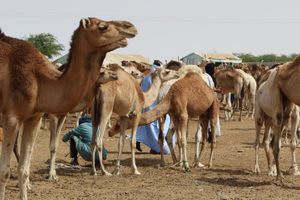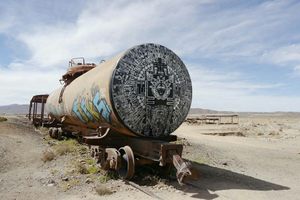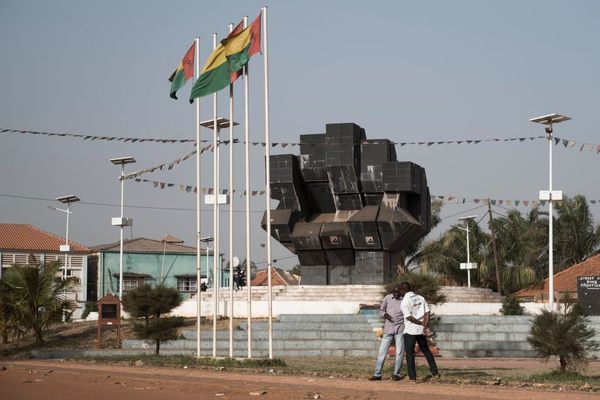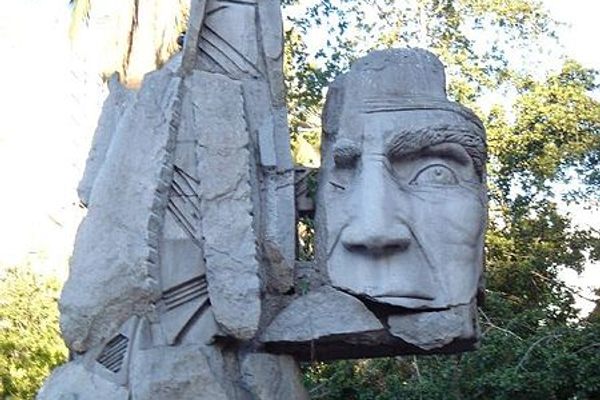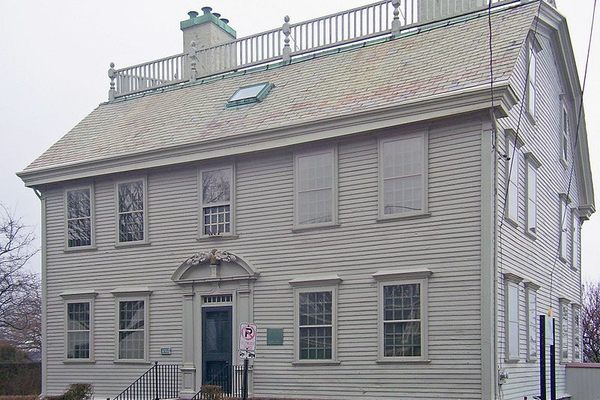About
The earliest documented contact between Mauritanian and European merchants dates back to 1442, but sporadic trading certainly predates the 15th century. The year 1442 marks the moment when the Portuguese established the first permanent presence in the territory that later became Mauritania. Although this establishment had more to do with trade than with political control, its ramifications run through the rest of Mauritanian history. Between the 15th and 19th centuries, the Spanish, Dutch, and British also established some form of trading posts in Mauritania, but it was the French that eventually claimed sovereignty over this land.
In 1840, after years of trade and political alliances, France issued a decree that claimed possession of Senegal. Most of the territory identified as Senegal, however, was located in modern-day Mauritania. The part of modern-day Mauritania that France was not able to claim was the inland regions of the country. These regions were barren and plagued by the harshest weather conditions imaginable. Inevitably, only the sturdiest and most resilient people called this land home. Among these were the emirates of Trarza and Brakna united against their common enemy: France. After years of local skirmishes and full-fledged battles, the parties finally signed a treaty in which the two emirates became French protectorates. This situation persisted up to the beginning of the 20th century, when France declared ownership over all of Mauritania, now considered a political entity separate from Senegal.
Despite efforts to pacify the inland regions, animosity persisted against the French. Among the episodes that punctuated this volatile situation, the Battle of Oum Tounsi (aka Umm-Tunisi) stands out. It was 1932, and Lieutenant Patrick de Mac Mahon was the head of a French contingent made up of French, Senegalese, and Mauritanian soldiers. Mounted on camels, they were coming from Samara, about 1,500 kilometers to the north. To travel across the desert for so long, the contingent had to do as ancient merchants did, and rely on natural springs and wells. One of these wells was in Oum Tounsi, a nondescript location about 80 kilometers north of Nouakchott.
It was in Oum Tounsi that the contingent was ambushed by 120 Oulad Delim men armed with French and Spanish rifles. The battle was fierce and by the end, the land was strewn with corpses. Thirty-seven men from the French contingent died, including Lieutenant Mac Mahon. The Oulad Delim forces also lost 25 men, but managed to capture the weapons and camels from the French. Subsequently, the French authorities decided to erect a mausoleum to honor Lieutenant Mac Mahon. However, what was meant to immortalize the valor of the French colonizers, was quickly reclaimed to stand as a symbol of Mauritanian resistance against the French colonizers. Reflecting this, today the mausoleum is better known as the Monument to the Battle of Oum Tounsi.
The design of this relatively small structure (about four meters tall) is dominated by Arabic architectural elements, perhaps to acknowledge the number of local soldiers who lost their lives here. If there were inscriptions on the stones at the center, they are no longer discernible due to unsightly graffiti and overexposure to the elements. Not far from the monument is the well that Lieutenant Mac Mahon and his contingent probably used on the fatal day.
Related Tags
Know Before You Go
The Monument to the Battle of Oum Tounsi can be seen from the main road (N1) that connects Nouakchott to Atar. There is no pathway to lead to the monument, but it is only 500 meters from the road. If you can resist exploring the sand dunes beyond the monument, it is almost impossible to get lost. There are no shops or gas stations anywhere near this site. Expect scorching temperatures, but also be aware that nights can be surprisingly cold, depending on the season.
Community Contributors
Added By
Published
March 7, 2023
























